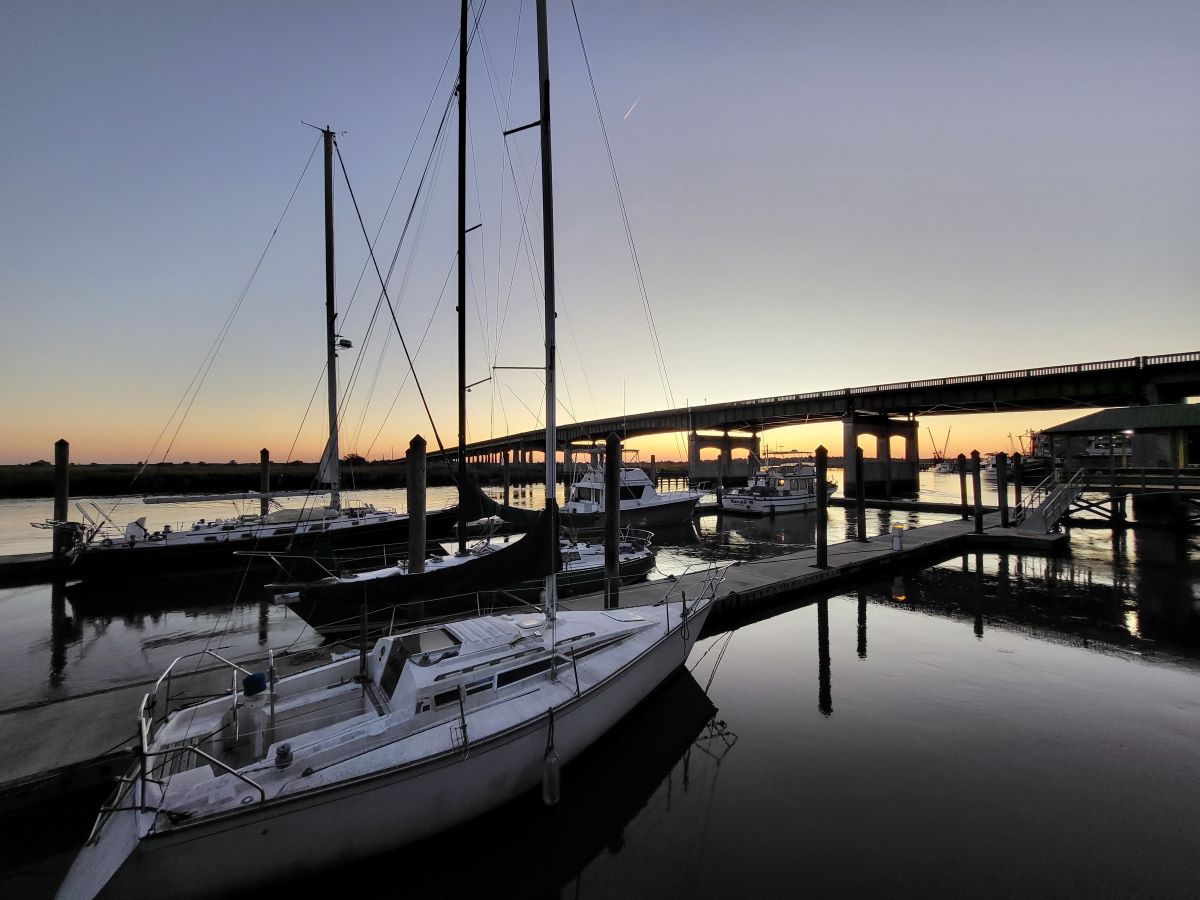Introduction
A marina is a sheltered dock or basin for mooring boats. They are typically found in coastal areas, but can also be found on lakes and rivers. Marinas provide a variety of services for boat owners, including mooring, fuel, water, electricity, and repair facilities.
The origins of marinas can be traced back to ancient times. The first known marinas were built in Mesopotamia around 4000 BC. These early marinas were simple docks that were built along the banks of rivers and canals. They provided a place for boats to moor and be protected from the elements.
As civilizations developed, so did the design and construction of marinas. In ancient Greece and Rome, marinas were built with more elaborate features, such as breakwaters and quays. These features helped to protect boats from storms and waves.
In the Middle Ages, the development of marinas slowed down. However, they began to see a resurgence in popularity during the Renaissance. This was due in part to the increased trade and travel that took place during this time.
The Modern Marina
The modern marina as we know it today began to take shape in the 19th century. This was due to a number of factors, including the invention of the steam engine, the development of new materials, and the growth of the leisure boating industry.
The first modern marina was built in England in 1824. This marina was built in the Thames River and provided mooring for steamships. In the following decades, marinas began to be built in other parts of the world, including the United States, Canada, and Australia.
Today, there are marinas all over the world. They provide a vital service for boat owners and help to promote the growth of the boating industry.
The Future of Marinas
The future of marinas is bright. As the population continues to grow, so will the demand for marinas. In addition, the increasing popularity of cruising and sailing is also expected to boost the demand for marinas.
In order to meet the growing demand for marinas, new technologies will need to be developed. These technologies will need to be able to provide more efficient and environmentally friendly ways to moor boats.
In addition, marinas will need to become more sustainable. This means that they will need to find ways to reduce their environmental impact.
Conclusion
The history of marinas is a long and rich one. From their humble beginnings in ancient Mesopotamia to the modern day, marinas have played an important role in the development of human civilization.
As the world continues to change, so too will the role of marinas. However, one thing is for sure: marinas will continue to be an important part of our lives for many years to come.
Additional Information
- The largest marina in the world is Marina del Rey in Los Angeles, California. It can accommodate over 5,000 boats.
- The most expensive marina in the world is Marina Bay in Singapore. The average price of a mooring in this marina is over $1 million.
- The oldest marina in the world is thought to be the one at Uruk in Mesopotamia. It was built around 4000 BC.
- The first marina in the United States was built in New York City in 1824. It was called the New York Yacht Club.
